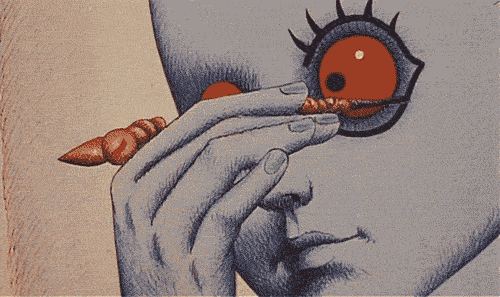First of all, I am deeply sorry for not posting more often.
Second, I apologize for the punny title.
For some reason I haven't seen anyone else post about this yet... Probably because we were all on break, so I'm gonna do it.
Panique au Village, or A Town Called Panic (theres some english versions), is a quirky over the top story about Cowboy and Indian and the unraveling of events as they accidentally ordered 50 million bricks when trying to make their friend Horse a birthday present. When I watched this movie I was so enthralled and entertained, and I never looked away. It kept me laughing the whole time, maybe I'm just silly but every single little thing made me laugh. The way the story kept going and going, and eventually taking some weird turns, (center of the planet, parallel universes...) and I truly never wanted it to end. I want Horse to get his alone moment with Madame Longree!
The way the movie was able to show such emotion and excitement without facial expressions was simply brilliant, and I think part of the reason why puppetry might be so important to our understanding of movement in animation. The voices and the jumping around was enough to make the audience receive every emotion completely. Just having the crazy voices also made it a lot funnier. The use of toys and other really basically designed objects gave us as the audience room to sort of just appreciate humor and story, although they had some pretty great ground and landscape setting too. I also really liked some of the more ridiculous/dramatic shots, like all the bricks on top of the house. And some of the animation was pretty incredible; the movements of all the characters, the scene in which the house collapses, and falling to the center of the earth were great.
Overall it was a great film and truly just a wonder to be enjoyed and laughed at.
There's a tv series that came before the movie. I am very excited because I'm gonna go watch it, that's how much I liked this movie.
#ThatMomentWhenYouOrder50MillionBricksInsteadOf50
This was Liberty btws.














